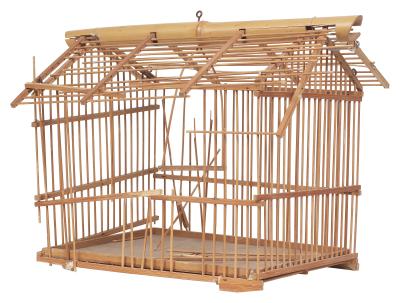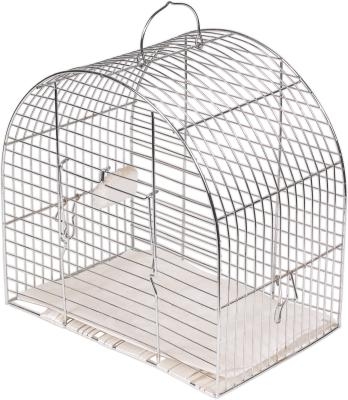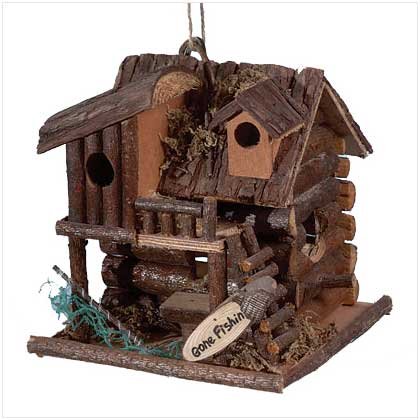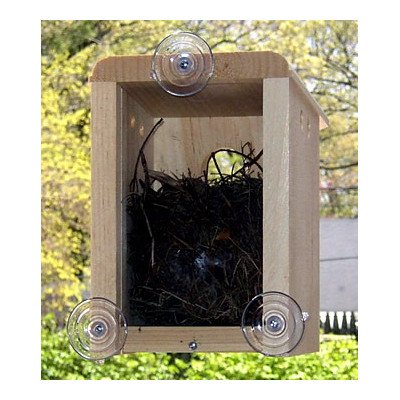
It's important to know what chicken coops to build for the different structure types and what supplies that you should consider using in the construction of your coop. What is as important as the structure type and building materials is what you do to ensure the structural integrity in the years to come.
Why does a coop become weakened and loose it structural integrity? The cause it almost always the builder who takes shortcuts to get finished sooner or skips some steps to save a little green, which isn't anything that most people haven't done at some point in time. What results from taking shortcuts or skipping steps is a nice looking workable coop in the beginning that fails a few years down the line because it was built to fail right from the beginning.
Since the cash to build a coop is most likely coming out of your own pocket, it is important to note the importance of the construction process, which is intended to ensure your coop will withstand the weather as well as the wear and tear of raising chickens.
Choosing a Building Site
Obviously before you start building your coop you need to have the building site picked out. If you know what to look for, picking a spot will pretty quick because it will be easy to see. The spot you pick will need to have some basic features and if it doesn't you will have to create them yourself.
Drainage is the first thing to look for in your building location. You should have any trouble spotting a site that drains well because it will have a slope to it and possibly sandy soil, ideally it would have both. The next thing you'll want is lots of sun because it helps to keep the area dry when it's wet out and warm in the winter plus the exposure to light helps your birds produce eggs.
If there isn't a building site on your land that has good drainage and sunshine, then you could buy some property that has what you need. It wouldn't be my first or even second option, but if you've got the cash and that is your best option, then you ought to buy a piece of land.
Of course putting drainage in and cutting trees down yourself would be a cheaper option than buying land, if you don't mind a little work. Trimming a few branches or maybe even cutting a couple trees down isn't difficult and nether is adding a drain tile or two, it wont be free but most likely cheaper than buying a lot. Even if you were able to get some additional land unless its very close to home it may not be worth the trouble depending on the distance. How much sand you should have brought in and dumped depends on the size of your run and coop. The depth the sand should be brought in is so it's about eight to twelve inches above grade so if any settling occurs.
Next you'd want to put in some drain tile and make sure you set it up to drain away from the coop and run by making it high in the middle sloping down to the outside edge. Once you've got your tiles trenched out in the sand and backfilled you will want to have a few inces of black dirt put on top of that. When you're done building you should plant some grass to keep it from eroding.
This seems like a lot of effort but having soil that drains well is critical to the longevity of the foundation and your flocks health. Standing water causes foundations to get wet and wet foundation deteriorate over time and if chickens get wet they can get sick and possibly die - with all the work and money that goes into a coop and keeping chickens I can't imagine you'd want either and would rather avoid it. There certainly isn't any reason you can't avoid both situations.
Saving Money Is One Thing - But Don't Be A Cheapskate With Building Materials
Quality is the operative word here, not money, obviously if you can save a few bucks on the framing and foundation or even get it for free, you would take advantage. If you find a sale on paint, hinges or plywood and the like obviously you'll want to take advantage of that. The idea here is that getting the right materials for your foundation (i.e. treated lumber, cedar or cement) and frame work should be a priority.
If you decide on a coop design there will be a list of materials that you'll need as well how much of each you will need. So be sure to follow the directions and your coop will turn out to be a long lasting and durable structure for years to come.
Taking Advantage of The Space Winows Require
For one thing windows are glass or plastic, not two by fours or ply wood and the don't need to be painted, so they can save you some cash. But more than that, windows really benefit your birds in a few different ways. First it lets sunlight into your coop that kills some types of bacteria and it encourages egg production, in fact sunlight is like the egg "on" switch in chickens.
Windows will also allow you to take advantage of some fresh which will help cool your birds in hot whether and also help to keep it the inside of your coop dry, which is a real bonus is humid regions where mold can be a concern.
The instructions provided in a design will guide you from beginning to end, follow them and you'll have a well built, solid, functional coop for years to come and continually having to fix doors, windows and replace rotting wood will be something you wont have to worry about.
 Easy to Make Bird Trap for Small Birds
Easy to Make Bird Trap for Small Birds
Easy to Make Bird Trap for Small Birds
Easy to Make Bird Trap for Small Birds
 DIY: Metal Bird Cage
DIY: Metal Bird Cage
DIY: Metal Bird C
DIY: Metal Bird Cage
DIY: Metal Bird Cage
DIY: Metal Bird C
 Bird Houses For Sale
Buyer and seller tips when looking for bird ho
Bird Houses For Sale
Buyer and seller tips when looking for bird ho
 Brinsea Spot Check Thermometer
Highly Accurate Digital Spot
Brinsea Spot Check Thermometer
Highly Accurate Digital Spot
 Pros and Cons for Buying or Building an Aviary for Your Birds
Choosing an AviaryBeautiful
Pros and Cons for Buying or Building an Aviary for Your Birds
Choosing an AviaryBeautiful
Copyright © 2005-2016 Pet Information All Rights Reserved
Contact us: www162date@outlook.com